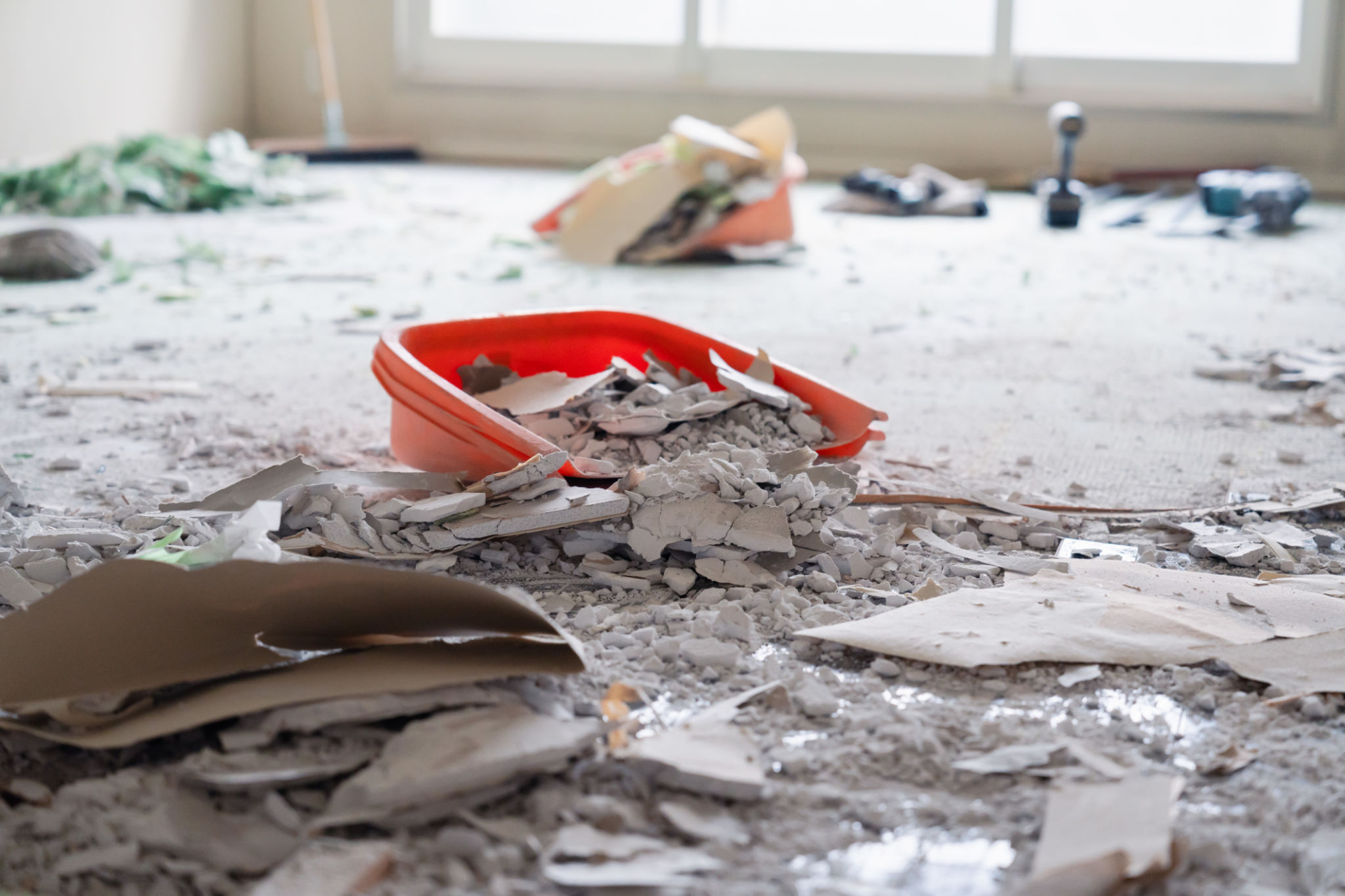Case Study: Successful Asbestos Abatement in a Historical Building
Introduction
Asbestos abatement is a critical process, especially when it involves historical buildings. Preserving the architectural integrity while ensuring safety is a delicate balance that requires expertise and meticulous planning. This case study examines a successful asbestos abatement project in a cherished historical building, highlighting the strategies and techniques employed to achieve this feat.

The Challenge
The primary challenge in asbestos abatement within historical buildings is maintaining the structure's original aesthetics and cultural significance. Often, these buildings contain intricate designs and materials that modern structures lack, making any renovation or abatement effort more complex. The building in question was over a century old, with numerous asbestos-laden components such as ceiling tiles and insulation materials.
Another significant concern was ensuring the safety of workers and visitors during the abatement process. The presence of asbestos posed health risks that had to be carefully managed through proper safety protocols and equipment.
Planning and Preparation
The project began with a thorough assessment conducted by certified asbestos inspectors. This evaluation provided a detailed map of asbestos-containing materials within the building. A specialized team was then assembled, combining expertise in historical preservation and asbestos removal.

To minimize disruptions and maintain safety, the team developed a comprehensive plan that included:
- Scheduling work during off-peak hours to reduce exposure to occupants.
- Implementing advanced containment strategies to prevent asbestos fibers from spreading.
- Utilizing state-of-the-art air filtration systems to ensure air quality.
Execution of Asbestos Abatement
During the execution phase, utmost care was taken to preserve the building’s historical elements. Workers donned protective gear and followed strict protocols to safely remove and dispose of asbestos-laden materials. The use of modern technologies such as negative pressure enclosures helped contain asbestos fibers, ensuring they did not contaminate other areas.

Throughout the process, continuous air monitoring was conducted to ensure that asbestos levels remained within safe limits. This proactive approach not only protected workers but also provided peace of mind to stakeholders concerned with the building’s environmental safety.
Post-Abatement Restoration
Following the successful removal of asbestos, restoration experts stepped in to repair any damage and restore the building’s historical features. Where possible, original materials were preserved; otherwise, replicas were crafted using traditional methods to maintain authenticity.
The restoration process underscored the importance of collaboration between abatement specialists and historical preservationists. Together, they ensured that the building retained its historical charm while adhering to modern safety standards.
Conclusion
This case study demonstrates that with careful planning, collaboration, and cutting-edge techniques, asbestos abatement in historical buildings can be accomplished effectively without compromising structural integrity or historical value. The project serves as a blueprint for future endeavors in balancing safety with preservation.
Ultimately, the success of this project lies in its ability to protect both public health and cultural heritage, showcasing how modern solutions can harmonize with historical legacy.
